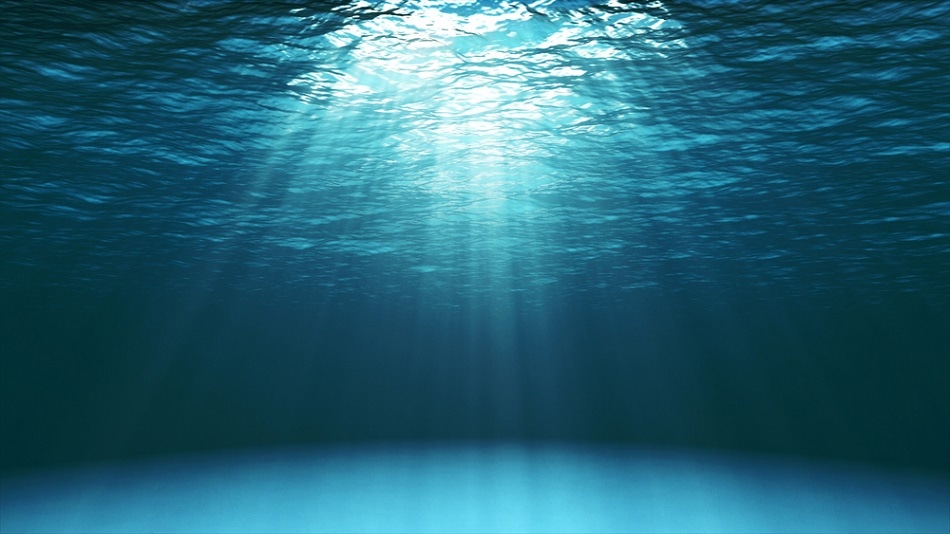Nov 3 2017
L3 Technologies will design the next generation of cybersecurity, anti-tamper, autonomy, mission planning, communications and navigation capabilities for the U.S. Navy’s Extra Large Unmanned Undersea Vehicle (XLUUV).
 katatonia82/ Shutterstock.com
katatonia82/ Shutterstock.com
The company will incorporate these capabilities throughout the vehicle and system, which comprises of a mobile command center, a fixed ashore command center, and forward operating base support systems.
As part of the Boeing team, L3 is committed to meeting the U.S. Navy’s urgent operational need with advanced capabilities. This contract demonstrates our ability to integrate a range of unmanned undersea sensors and systems from across the company and accelerate our undersea growth strategy.
Christopher E. Kubasik, President and Chief Operating Officer, L3
L3’s Sensor Systems and Communication Systems business segments worked together to design these novel capabilities for the XLUUV program. L3 Adaptive Methods, the newest business of L3's growing presence in the unmanned undersea market, is a supporting member if the L3 team.
We are developing discriminating unmanned undersea technologies, including vehicles, communications, power capabilities and sensors, to stay on the leading edge as the undersea threat evolves over the next decade.
Jeff Miller, Senior Vice President, L3
L3 Technologies, based in New York, employs nearly 38,000 people worldwide. It is a leading supplier of a wired range of sensor, communication and electronic systems used on commercial platforms, homeland security and military. L3 is also a major contractor in security and detection systems, pilot training and aerospace systems. In 2016, the company reported sales of $10.5 billion.